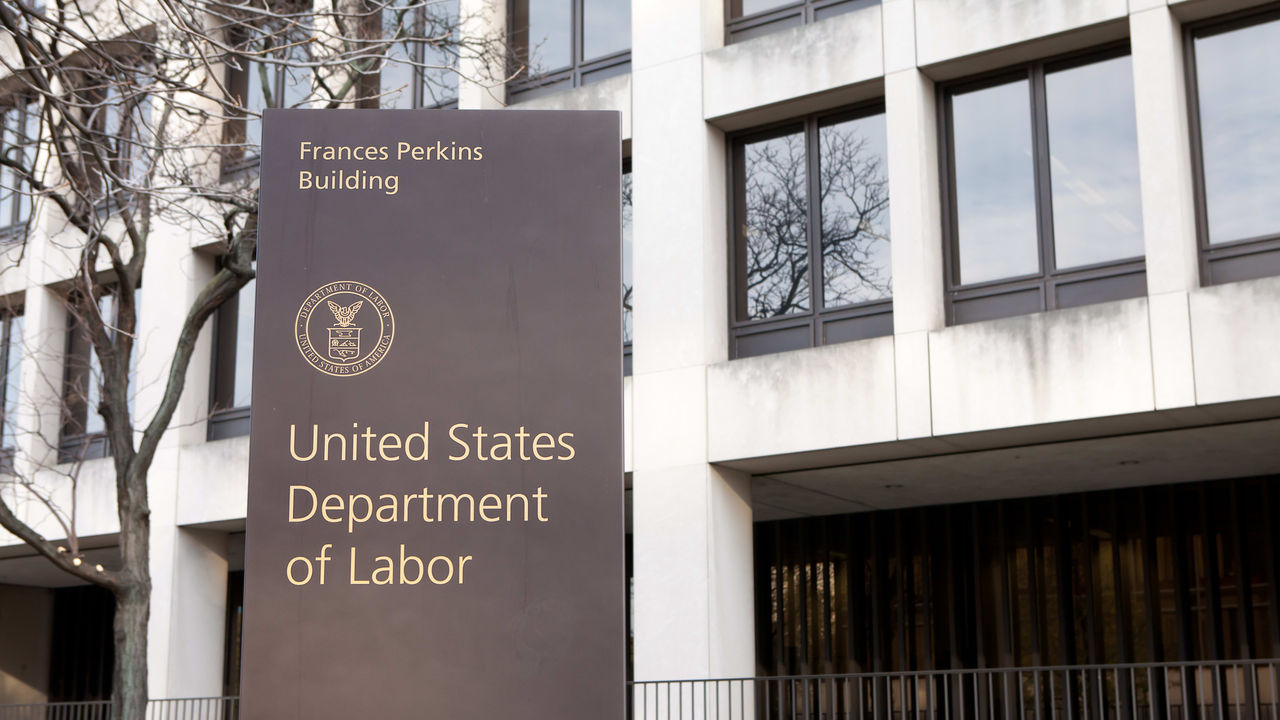On June 21, the U.S. Department of Labor (DOL) proposed a new test for identifying which nontipped side duties, when performed for a limited time, can be part of a "dual-job" employee's tipped occupation. A dual-job employee might, for example, wait tables but also fold napkins. The comment period closes Aug. 23.
The DOL proposed to amend its regulations to clarify that an employee is only engaged in a tipped occupation when the employee either performs work that produces tips or performs work that directly supports the tip-producing work, provided that the directly supporting work is not performed for a substantial amount of time.
Under the DOL's proposal, work that directly supports tip-producing work is work that assists a tipped employee in performing the work for which the employee receives tips.
In the proposed rule, the DOL explains that an employee has performed work that directly supports tip-producing work for a substantial amount of time if the tipped employee's directly supporting work either:
- Exceeds, in the aggregate, 20 percent of the employee's hours worked during the workweek, or
- Is performed for a continuous period exceeding 30 minutes.
The DOL seeks comments, however, on whether a different period of time would be more appropriate.
An employer may satisfy a portion of its minimum-wage obligation to any tipped employee by taking a partial credit, known as a "tip credit," toward the minimum wage based on tips an employee receives. An employer that elects to take a tip credit must pay the tipped employee a direct cash wage of at least $2.13 per hour. The employer may then take a credit against its wage obligation for the difference, up to $5.12 per hour, if the employees' tips are sufficient to fulfill the remainder of the minimum wage, provided that the employer meets certain requirements.
Examples of Tip-Producing Work
The proposed regulation lists tasks for three occupations—servers, bartenders and nail technicians—that would fall within the three categories of work set out in the regulations.
For example, the proposed regulations explain that a server's tip-producing work includes waiting on tables. Work that directly supports the server's tip-producing work includes cleaning tables to prepare them for the next customers. Work that is not part of a server's occupation includes food preparation and cleaning bathrooms.
A bartender's tip-producing work includes making and serving drinks and talking to customers. Duties that directly support that work include preparing fruit to garnish the prepared drinks. Work that is not part of a bartender's occupation includes preparing food and cleaning the dining room.
The DOL explained that a nail technician's tip-producing work includes performing manicures and pedicures. Work that directly supports the work of a nail technician includes cleaning pedicure baths between customers. Work that is not part of the nail technician's occupation includes ordering supplies for the nail salon.
Other examples of tip-producing work include:
- A parking attendant parking and retrieving cars, and accepting payment for the same.
- A hotel housekeeper cleaning hotel rooms.
Bussers' tip-producing work would include filling water glasses and clearing dishes from tables. However, not all tip-producing work involves direct customer service. A busser's tip-producing work, for example, would also include putting new linens on tables in support of other tipped employees, such as servers.
[Want to learn more? Join us at the SHRM Annual Conference & Expo 2021, taking place Sept. 9-12 in Las Vegas and virtually.]
Examples of Supporting Work
Work that directly supports the work of a server would also include folding napkins, preparing silverware and garnishing plates before serving the food to customers. Sweeping under tables would be considered directly supporting work if it is performed in and limited to the dining room because keeping the serving area clean assists the performance of a server's tip-producing work, according to the DOL.
Likewise, work that directly supports the work of a bartender would include wiping down the surface of the bar and tables in the bar area; cleaning bar glasses and implements used to make drinks behind the bar; arranging the bottles behind the bar; and briefly retrieving from a storeroom a particular beer, wine or liquor, and supplies such as ice and napkins.
Work that directly supports the duties of a nail technician would include cleaning manicure tools, cleaning the floor of the nail salon, scheduling client appointments and taking customer payments. Tasks that directly support the tip-producing work of a parking attendant would include moving cars in a parking lot or parking garage to facilitate the parking of patrons' cars.
Work that directly supports the tip-producing work of a hotel housekeeper would include stocking the housekeeping cart, according to the DOL.
We've gathered articles on the tip credit for dual-job employees from SHRM Online and other trusted resources.
Need for the Dual-Jobs Regulation
The dual-jobs regulation is needed to address the application of the Fair Labor Standards Act's tip credit to tipped employees who perform both tipped and nontipped duties.
(FSR)
Portion of Prior Administration's Rule Took Effect
A provision in the prior administration's tip final rule has taken effect. That provision, which prohibits employers from taking any portion of workers' gratuities, took effect on April 30.
Performing Tipped and Nontipped Duties
The prior administration's rule codified DOL guidance eliminating the 80/20 rule, which allowed employers to take a tip credit only for workers who spent no more than 20 percent of their time on nontipped duties. This withdrawn portion of the prior administration's rule would have more broadly allowed employers to take a tip credit when tipped employees perform related side jobs (such as rolling silverware into napkins) either during, just before or a reasonable time after performing tipped duties.
State Provisions
The proposed rule does not change state wage and hour laws, which may be more generous to workers than federal law. Some states, such as California and Nevada, do not allow employers to take a tip credit.




